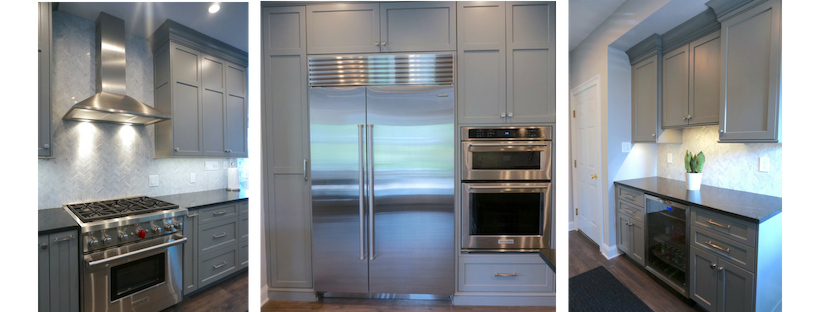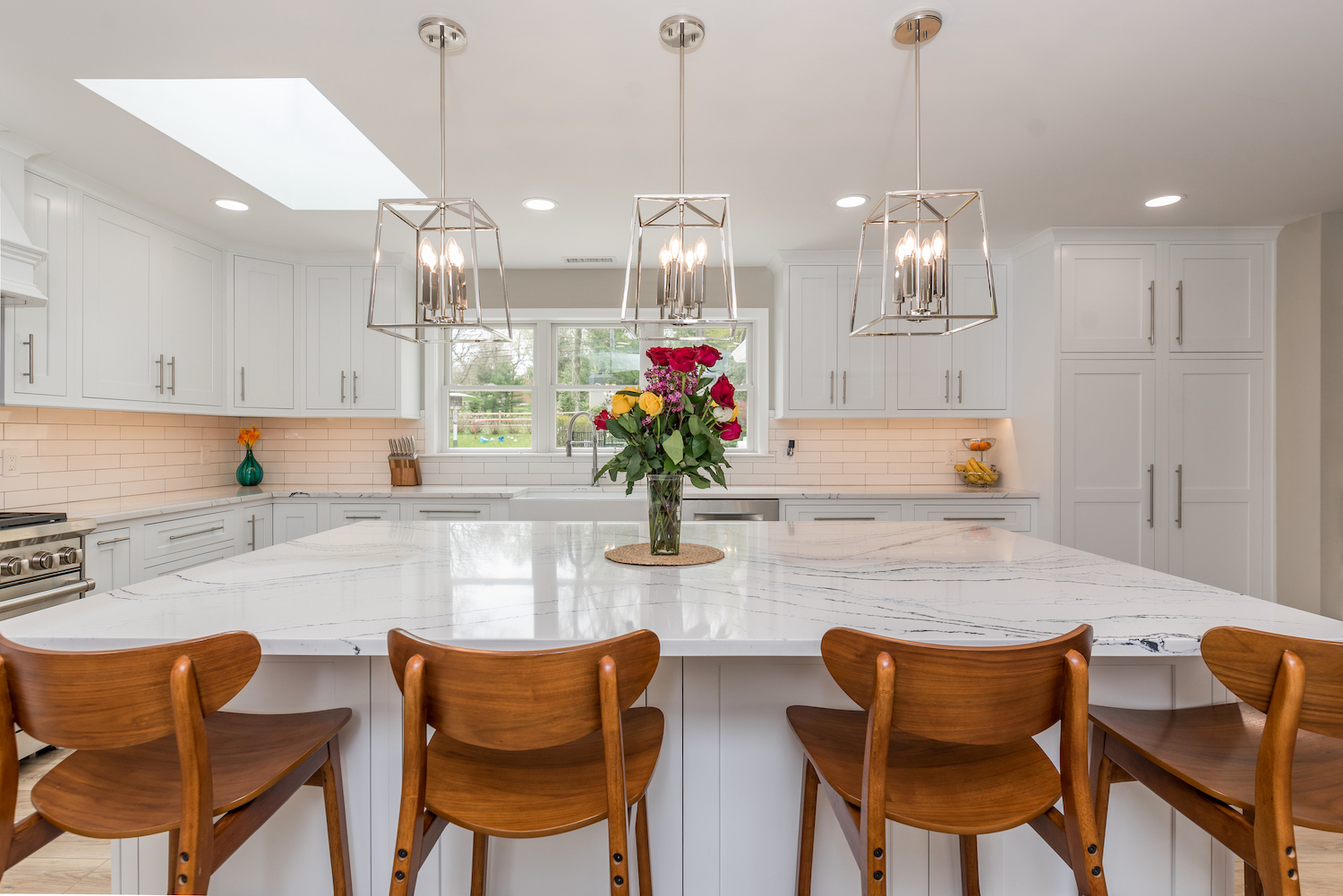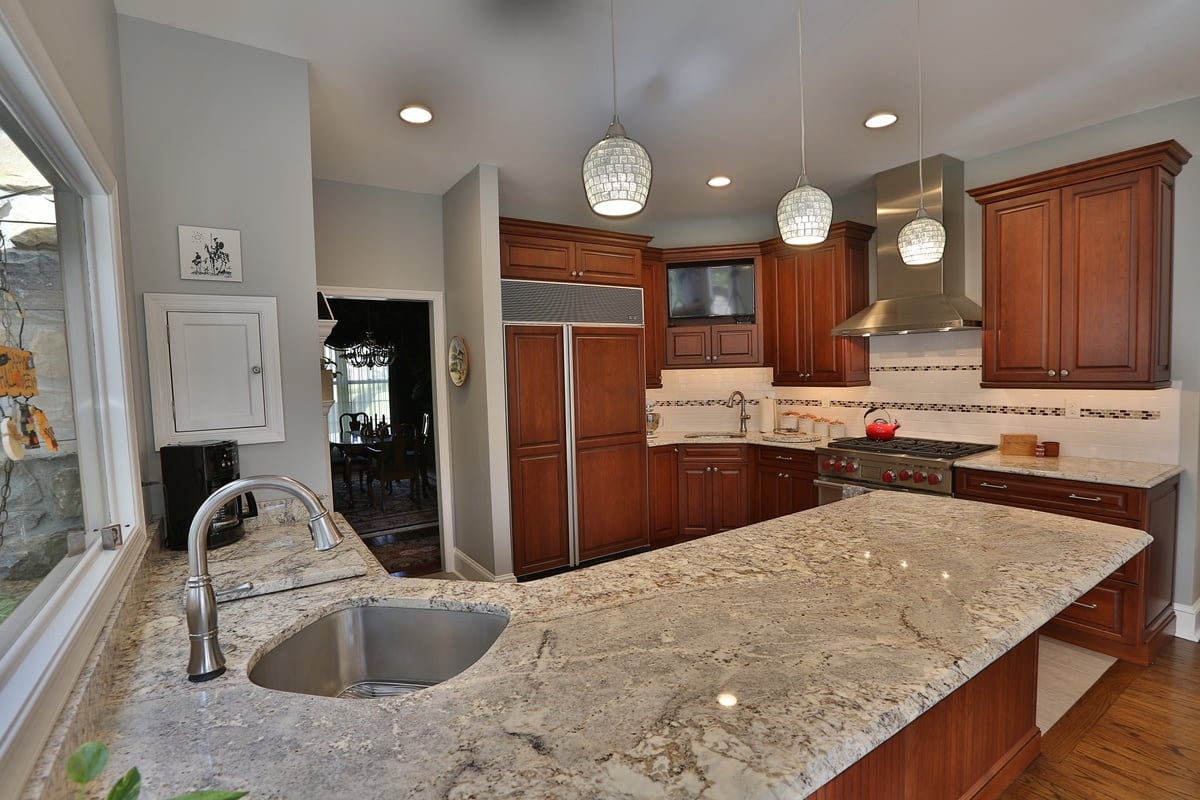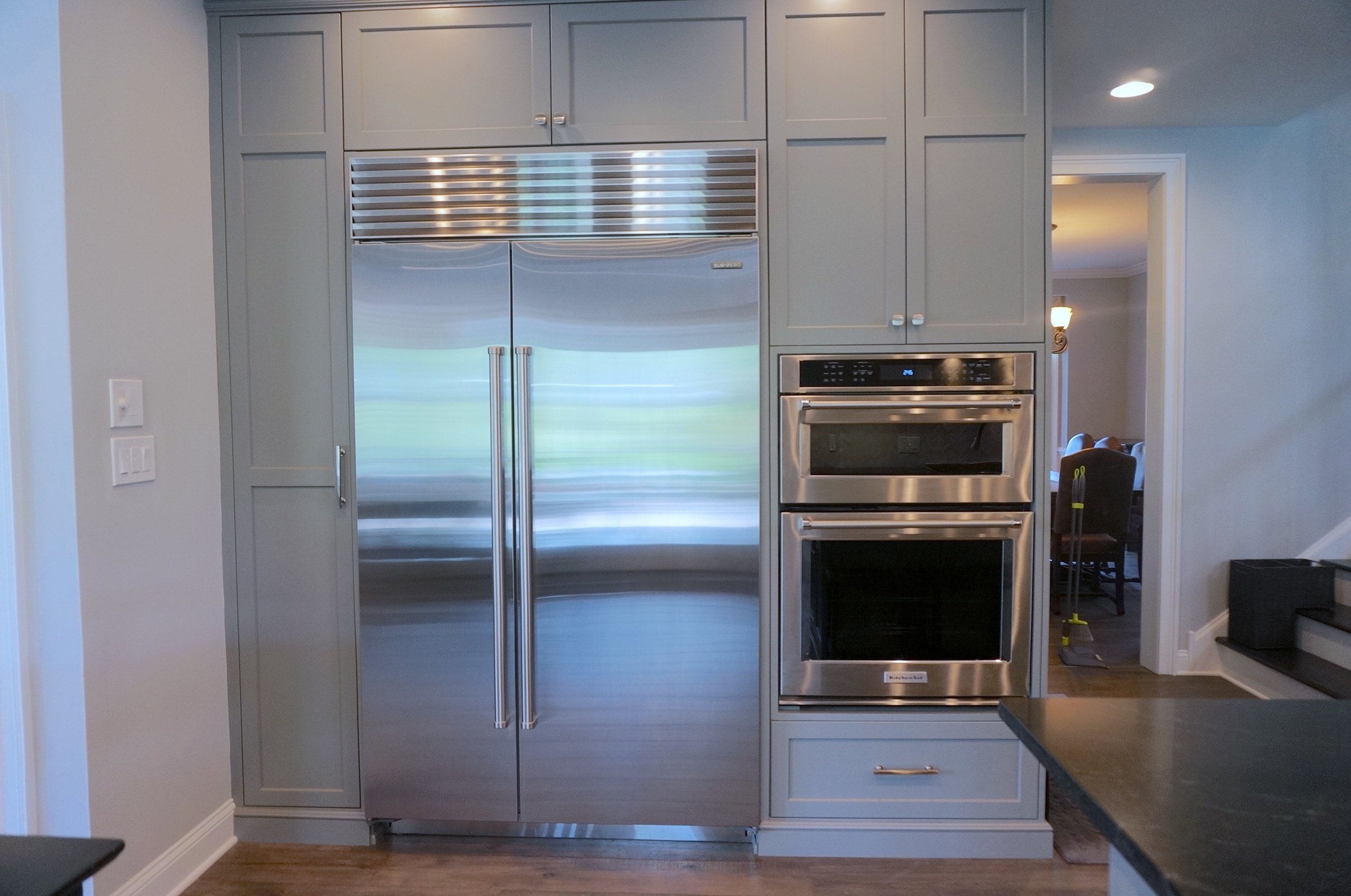When planning a kitchen remodel, there are major considerations that must be addressed to make the project a successful one. We are sharing a "baker's dozen" list of elements to evaluate before and during a kitchen overhaul.

1. Establishing the scope of the project.
Will the new kitchen fit within the footprint of the existing kitchen, or will an addition be necessary to meet the requirements? If expansion into other spaces is necessary, will structural changes be required? Without an accurate assessment of the scope, costs can spiral and completion dates can stretch out.
2. Services of an outside design professional.
Does the complexity of the project call for the help of an architect and/or an engineer? Tilghman Builders works closely with a highly reputable architect to ensure the build specifications are as accurate as possible to the intended design.
3. A realistic budget.
It is vital to figure what the project will cost, including overruns, and how much will be paid up front. Tilghman Builders will provide you with a rough estimate of your project that will be within 5% of what the cost will be after completion of the plans and final pricing.
4. Planning for function.
Cooking style and special requirements must be considered in planning the kitchen. One of the most obvious factors is whether or not the homeowners plan to eat in the kitchen.
5. A good floor plan.
A close working relationship between the cooktop, sink, and refrigerator (known as the work triangle) is most important. The kitchen industry standard calls for the legs of the work triangle to total 26 feet or less, with no single leg shorter than 4 feet or longer than 9 feet. However, with the remodeling of existing space, it is not always possible to adhere strictly to these dimensions.
6. Ample countertop task areas.
Try to provide as much countertop space as possible around the sink, the cooktop, and next to the refrigerator and ovens, where loading and unloading take place.
7. Appropriate style.
The style of the cabinetry and other materials should reflect as much as possible the existing design elements in the home.
8. Adequate storage needs.
Plan cabinet storage for the existing and anticipated tableware and cooking utensils. Are there special storage needs, such as a walk-in pantry, a tall utility cabinet, or a feeding station for pets?
9. Cabinet accessories.
Items to consider include a shelf for a pop-up mixer, an appliance garage, a spice drawer, roll-out shelves vs. deep drawers, a recycling center, a trash compactor.
10. Practical materials.
Select durable, easy-to-maintain materials for the flooring, cabinets, counters, and backsplash areas.
11. Appliances.
If new appliances are required, get those suited to your needs and budget. There is a wide choice of products available today.
12. Plumbing fixtures.
These also come in a range of finishes and colors with a variety of accessories, such as hot water dispensers.





